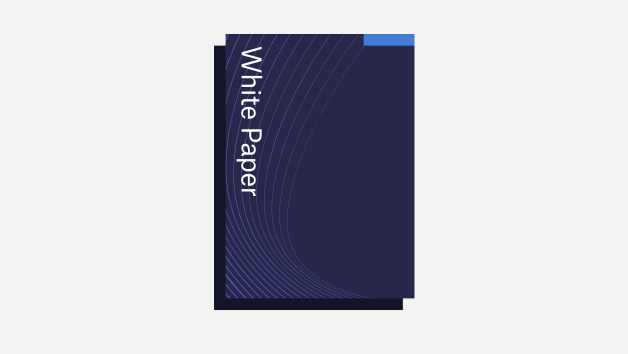LOG’s H2002 bottles were tested for barrier protection against humidity and oxygen, in comparison with standard HDPE bottles. Could they offer the desired extension of shelf life? New business manager Dr Hans Wiech and polymers engineer Riki Klass explain.
About 70% of new APIs are sensitive and 10% very sensitive to degradation by hydrolysis. Consequently, primary packaging options regulating the water vapour transmission rate (WVTR) are essential to guarantee the stability of the formulation during the desired shelf life and usage by the patient. Furthermore, moisture sensitivity has been the reason for putting on hold a number of promising new chemical entities during drug formulation development over the last decade.
Standard HDPE bottles with strong moisture barrier properties are still allowing ingress of moisture into the bottle that has to be accounted for in moisture-sensitive drug formulations. This may become an insurmountable challenge in finding an appropriate packaging solution, especially in regions of high heat and humidity. Traditionally, the addition of canister or sachet desiccants inside the bottle followed by heat-sealing an aluminum foil was regarded as the standard protection option to keep pace with sensitive drug formulations entering the market. In comparison with the alternatives, desiccants are a relatively inexpensive product, which displays an improvement on standard primary packaging.
Challenges
Although the incorporation of desiccants in packaging for moisture control is a long-established practice, desicants do have their limitations. Protection of bottles with large internal volume or with products that are very hydroscopic requires the use of multiple sachets or canisters. The consequence of additional absorption affects the size of the bottles for a fixed number of tablets. Larger bottles increase costs at every stage of logistics, from purchasing to packaging, shipping and space on the shelf. Further effects of the absorbents include the increase of moisture difference (internal vs external) and thus the penetration of more moisture into the bottle. With fast-absorbing desiccants, for protection during filling, insertion and inspection, it is necessary to ensure that the desiccant has the required capacity when the bottle is sealed. Another aspect is the liability that can derive from ingestion of the desiccant. Lastly, rapid absorption characteristics do not support long-term control of the WVTR, leading to a shorter shelf life than is necessary and/or increased API loadings in the formulation to compensate for formulation degradation.
Implementation
To improve packaging protection, LOG has developed HDPE barrier bottles, which in addition to meeting new market demands also reflect changes and new challenges in the pharmaceutical industry. Due to the absence of a method for checking the shelf life extension rate of barrier HDPE bottles, LOG developed the LOG test method, in which loggers are placed in the bottles, which are then sealed with aluminum foil and stored for 180 days in a controlled-atmosphere chamber with an environmental temperature of 40˚C and 75% humidity. The weight is measured at predetermined intervals and data downloaded from the loggers when the bottles are opened. The results show weight and actual humidity per time (see table, above).
Conclusion
Depending on the storage conditions, a standard HDPE bottle will achieve equilibrium in moisture transfer after a period not much longer than two months. The addition of a desiccant will reduce humidity to zero for five months before it starts to increase, reaching equilibrium at eight months. This indicates that the moisture-absorption capacity of the desiccant has been reached at about six months. Consequently, a standard HDPE bottle/desiccant solution is often not suitable to extend shelf life to the desired period (two to five years), unless the quantity of desiccant is adapted accordingly. On the other hand, LOG’s H2002 barrier bottle can extend shelf life four times that enabled by a standard solution, already eliminating in some cases the need for desiccants, and helping reduce logistics costs. If desiccant is enclosed as well, shelf life is increased even more (by eight times). The combined properties should allow for a longer shelf life and/or the potential to reduce API load to get the same desired results.
In conclusion, the moisture-protection technologies of LOG’s H2002 bottle and resulting increased confidence should extend shelf life, providing the characteristics and flexibility that make it the better choice in bottle packaging.

